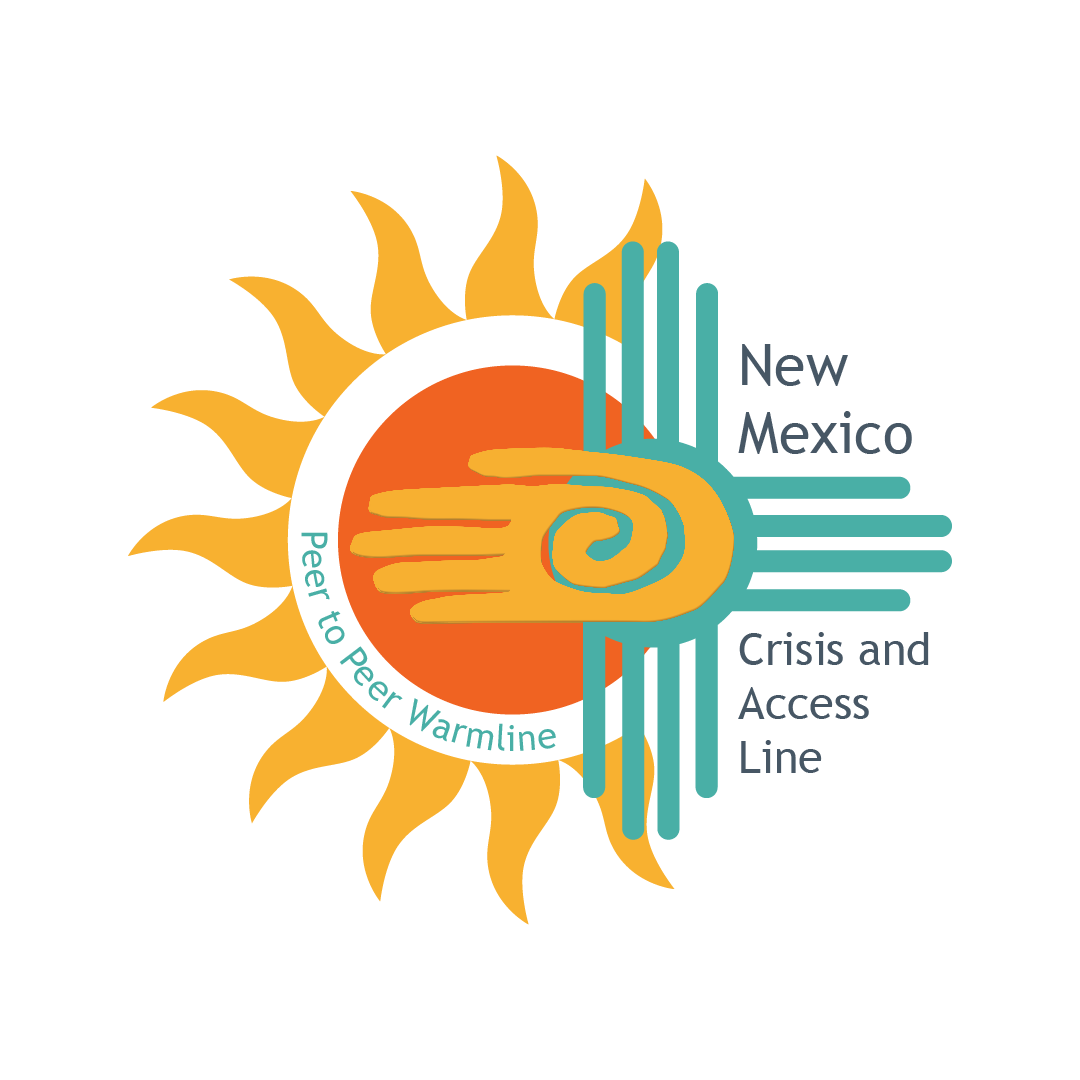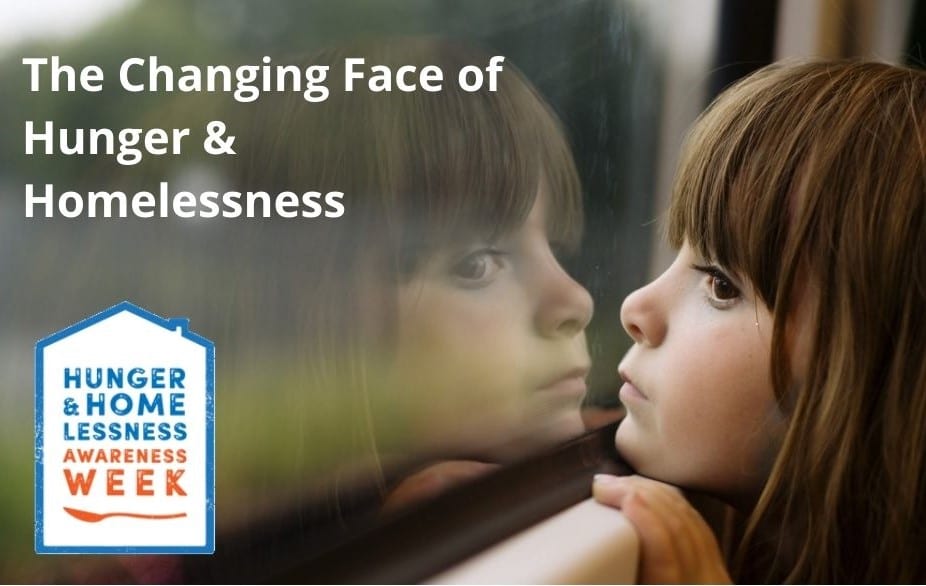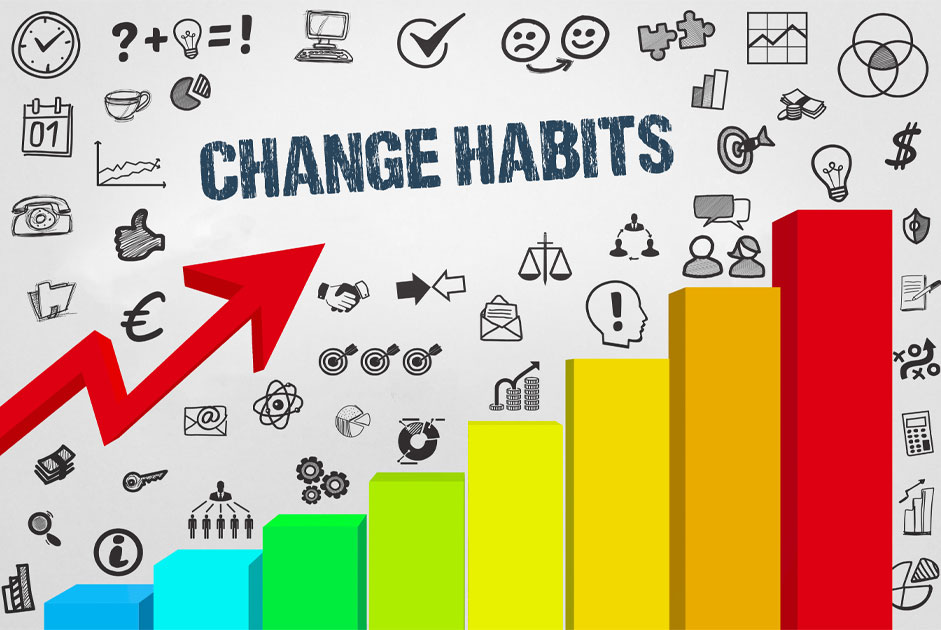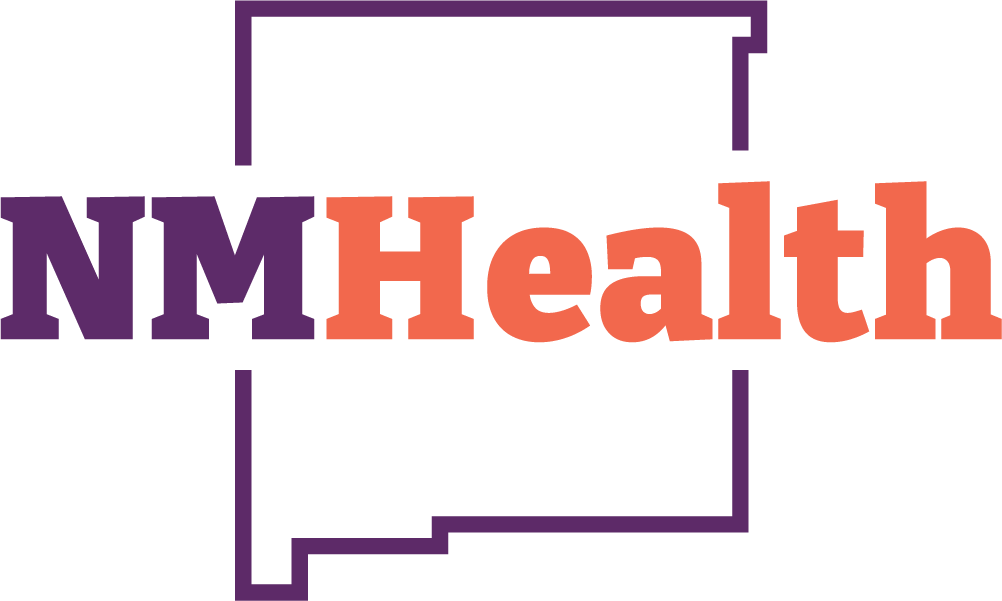When people think of hunger, they usually also think of houselessness. And, although the issues are closely related, there are several important distinctions we need to be aware of. For starters, a person does not have to be experiencing houseless to be hungry. Forty two million Americans are food insecure – which means they don’t have access to an adequate supply of nutritious, affordable food. According to the National Alliance to End Homelessness, nearly 580,466 Americans were experiencing houselessness on a single night in 2018. Hunger often precedes houselessness because people who are forced to decide between paying for housing or groceries will, more often than not, choose the former.
A look at the facts will show that both hunger and houselessness often have distinct causes, and can have disparate impacts on different segments of the population.
About Hunger
Hunger can affect people from all walks of life. Millions of people in America are just one job loss, missed paycheck, or medical emergency away from hunger. But hunger doesn’t affect everyone equally – some groups face like children, seniors, and Black, Indigenous, and other people of color face hunger at much higher rates. Hunger also most often affects our neighbors who live in poverty.
Hunger Facts
- According to the USDA, more than 42 million people, including 12 million children, in the United States are food insecure. 1 in 6 Americans are food insecure.
- The pandemic has increased food insecurity among families with children and communities of color, who were already faced hunger at much higher rates before the pandemic.
- Every state, county, city, community in the country is home to families who face hunger. But rural communities are especially hard hit by hunger.
- Many households that experience food insecurity do not qualify for federal nutrition programs and visit their local food banks and other food programs for extra support.
- Hunger in African American, Latino, and Native American communities is higher because of systemic racial injustice. To achieve a hunger-free America, we must address the root causes of hunger and structural and systemic inequities.
- About 13 million American children are unsure of when they will have their next meal.
- Nearly 22 million low-income children qualify for free or reduced-cost school lunches.
- Children who face hunger are more likely to be in poor health and struggle in school.
- 57% of people served by Feeding America have had to choose between food and housing
- In 1980, there were about 2 dozen food banks in the United States. Today, there are more than 350.
Causes of Hunger
- Poverty – According to Feeding America, 72% of the households served by its affiliated food banks live at or below 100% of the federal poverty line. While unemployment is certainly a significant factor, 54% of the households Feeding America serves had at least 1 person employed in the past year.
- Income Inequality – By almost any measure, income inequality has increased exponentially over the past 30+ years. Since 1980, most of the growth in wages has been concentrated among top earners, while wages for the average worker have stagnated.
- Lack of Affordable Housing – There is not one state or county in the United States where a minimum wage, full-time worker can afford a two-bedroom apartment.
- Food Deserts – Food Deserts are areas or neighborhoods where residents do not have access to a grocery store that provides the wholesome and nutritious foods that are necessary for a healthy diet.
About Houselessness
According to the National Alliance to End Homelessness, 580,466 people experience houselessness on any given night in the United States. Most were individuals (70 percent), and the rest were people living in families with children. Like hunger, houselessness can happen to anyone, it doesn’t discriminate based on salary, job title, or zip code.
Houselessness Facts
- Chronic homelessness is the term given to individuals that experience long-term or repeated bouts of houselessness. The chronically houseless are often the public face of the issue, however, they make up only 18% of the entire houseless population on a given day.
- Nearly 38,000 or 7% of all houseless persons are veterans.
- 70% of the entire houseless population are men.
- Although the only make up 13% of the U.S. population, 40% of all people experiencing houselessness are African American.
Causes of Houseleness
- The lack of affordable housing is one of the biggest factors behind contributing to houselessness. In 2017, 6.7 million households spent more than 50% of their income on rent.
- Poverty is the other major factor that contributes to houselessness. A lack of employment opportunities, combined with a decline in public assistance leaves low-income families just an illness or accident away from being put out on the street.
- According to the National Low Income Housing Coalition, a family with a full-time worker making minimum wage could not afford fair market rent for a two-bedroom apartment anywhere in the U.S.
- A renter earning the federal minimum wage of $7.25 per hour would need to work 103 hours per week to afford a one-bedroom rental home at the Fair Market Rent and 127 hours per week to afford a two-bedroom.
- Poor health is also closely linked to houselessness. 20% of the houselessness population reported have a mental illness, 16% had conditions related to substance abuse, and thousands had HIV/AIDS, diabetes, or heart disease.
- For many young people, single adults, and families, interpersonal violence is one of the primary causes of their houselessness.
Local New Mexico resources are available to support people experiencing hunger and houselessness:
- Food Banks
- Food Pantries
- Homeless Shelter Directory
- Hunger Relief Organizations
- New Mexico Coalition to End Homeless
- United Way
If you or someone you know is experiencing mental or behavioral health concerns as a result of hunger or housing, and needs to talk, there is always someone here to talk with you at the New Mexico Crisis and Access Line, the Healthcare Worker and First Responder Support Line, or Peer-to-Peer Warmline.










